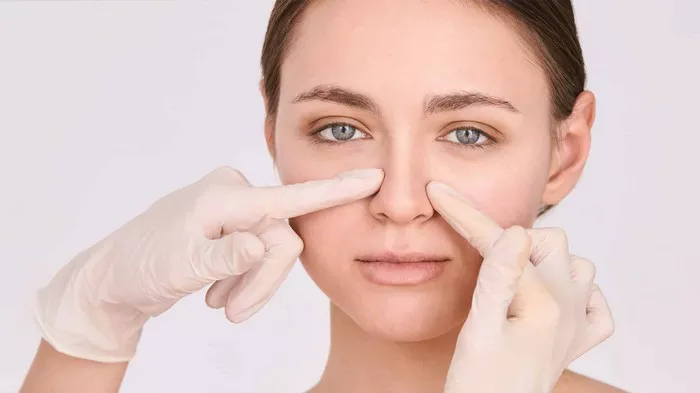Undergoing a nose job, or rhinoplasty, is a surgical procedure that aims to enhance the appearance or function of the nose. Many individuals who undergo this procedure may wonder about the post-operative restrictions and when it is safe to resume their regular activities, such as wearing glasses. Wearing glasses after a nose job can be a concern, as the pressure exerted by the frames can potentially impact the healing process and the final results of the surgery. In this article, we will explore the factors to consider and provide some guidelines on how long after a nose job you can safely wear glasses.
Understanding the Healing Process
Before delving into the timeline for wearing glasses after a nose job, it is essential to understand the healing process involved in rhinoplasty. After the surgery, the nose undergoes a period of significant swelling, bruising, and sensitivity. The bones, cartilage, and soft tissues need time to heal and settle into their new positions.
During the initial weeks following the procedure, the nose is typically fragile and vulnerable to external pressure. This is particularly true for the nasal bones, which may have been fractured and reshaped during the surgery. Applying excessive pressure on the nose too soon after the operation can hinder the healing process, potentially leading to complications or undesired results.
Consultation with Your Surgeon
Every individual’s healing process varies, and it is crucial to consult with your surgeon regarding the specific timeline for resuming activities after a nose job. Your surgeon will evaluate the progress of your recovery and provide personalized recommendations based on your unique circumstances.
During your post-operative visits, the surgeon will assess the healing of your nasal bones, the level of swelling, and the stability of the internal structures. Based on their evaluation, they can guide you on when it is safe to start wearing glasses again.
General Guidelines for Wearing Glasses
While it is essential to follow your surgeon’s advice, there are some general guidelines that can provide a rough estimate of when it is safe to wear glasses after a nose job. Keep in mind that these are not definitive rules, and individual variations can impact the timeline. Always prioritize your surgeon’s instructions over general guidelines.
-
Immediate Post-Operative Period
In the immediate days following the surgery, it is crucial to avoid any pressure or contact with the nose. During this time, your surgeon will likely instruct you to wear a splint or cast to support and protect your nose. Glasses should not be worn during this initial period.
-
First Few Weeks
In the first few weeks after the surgery, your nose will still be sensitive and swollen. It is generally recommended to avoid wearing glasses during this time to allow the nasal tissues to heal and settle into their new shape. Alternative options such as contact lenses or a strap that rests on the forehead can be considered if vision correction is necessary.
-
Four to Six Weeks
After about four to six weeks, the majority of the swelling and bruising should have subsided, and the bones and tissues of the nose will have started to stabilize. At this stage, you can consult with your surgeon about gradually reintroducing glasses. They may advise you to use lightweight or frameless glasses to minimize pressure on the nose.
-
Six to Eight Weeks
By the six to eight-week mark, most individuals can safely resume wearing regular glasses. However, it is still important to be cautious and choose lightweight frames that distribute the pressure evenly across the nose. If discomfort or pressure points occur, it is advisable to consult with your surgeon for further guidance.
Alternative Options
If you require vision correction but are unable to wear glasses during the initial healing period after a nose job, there are alternative options available. Contact lenses can be a suitable substitute, allowing you to correct your vision without putting pressure on your healing nose.
Another option is to explore temporary solutions such as adhesive nose pads or forehead straps. Adhesive nose pads can be attached to the glasses to distribute the weight more evenly and reduce pressure on the nose. Forehead straps, which secure the glasses by resting on the forehead, can also be considered to avoid contact with the nose altogether.
Conclusion
In conclusion, the timeline for when you can safely wear glasses after a nose job can vary depending on individual healing processes. It is crucial to consult with your surgeon and follow their specific instructions. While general guidelines can provide an estimate, your surgeon’s expertise and evaluation of your progress are paramount.
Be patient and allow your nose sufficient time to heal before resuming activities that may exert pressure on the surgical site. Remember, the goal is to achieve optimal results from your rhinoplasty, and by following your surgeon’s guidance, you can ensure a smoother recovery and enhance the long-term outcome of your procedure.

